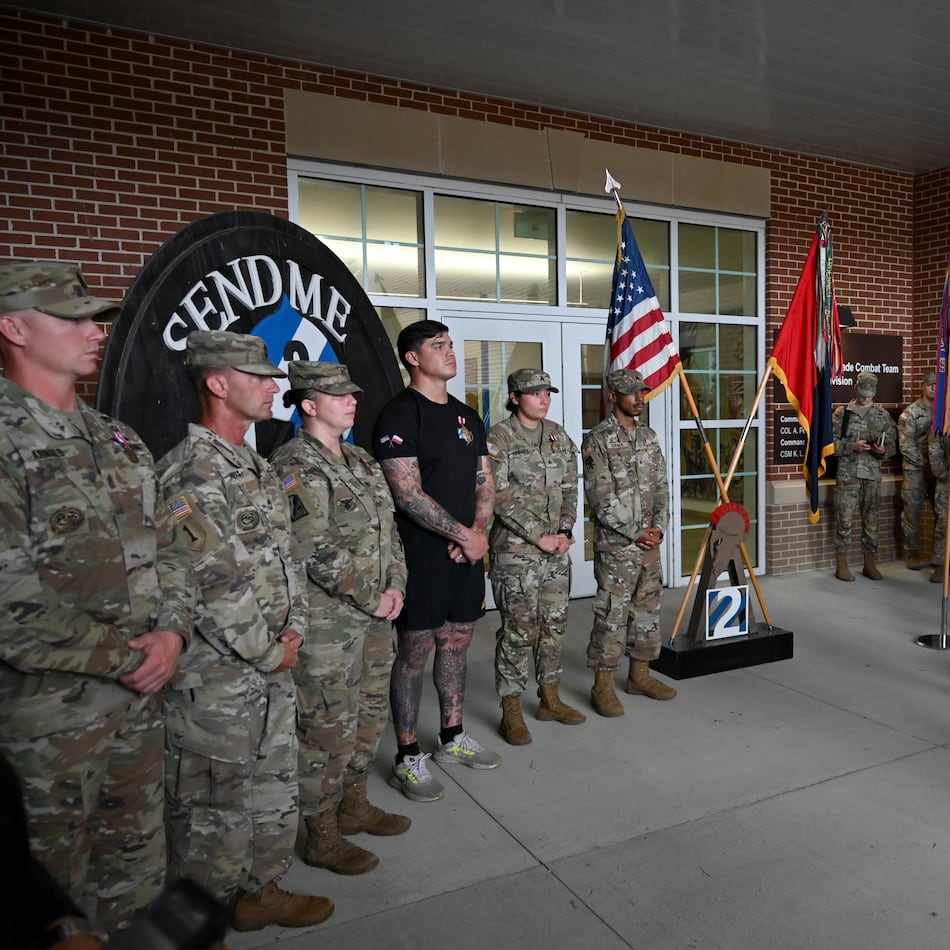Braves fans did their part this season. They bought tickets, jerseys and hot dogs and watched games on television and on their phones.
They helped create a boost in profit for the franchise that any business anywhere would lust after.
They did their part in what Terry McGuirk, chairman and CEO of Atlanta Braves Holdings Inc. — parent company of the club and its accompanying real-estate portfolio, including The Battery Atlanta — once called the “virtuous circle.” In short, when the team wins, fans come out and support it and create revenue, which the team responds to by increasing team payroll, making the team even stronger, which draws even more fans and generates even more money.
“There are finite ends to everything,” McGuirk told The Atlanta Journal-Constitution after the 2022 season. “But I would say, for a great number of years ahead, I see no ending of the glide slope upwards in how this works.”
This year, as was made abundantly clear in financial results disclosed Thursday by the publicly traded Braves Holdings, fans more than held up their end of the bargain. They disposed of their income by the bucketful at Truist Park and The Battery, demonstrating loyalty that the club used to make even more money in business partnerships.
Earnings from ticket sales, sponsorships, broadcast revenue, concessions and the like grew 8% in this year’s second quarter compared with last year’s, from $266 million to $287 million. There was a big bump in broadcast revenue — $71 million to $81 million — after the team renegotiated its rights agreement with FanDuel Sports Network to allow fans to purchase subscriptions to stream games online.
Why would FanDuel agree to such a hefty bump?
Because it knows the fan base is loyal, vast and willing to spend.
On the earnings call, McGuirk rightly hailed “the strength of Braves Country.” Braves president and CEO Derek Schiller said that premium and regular season tickets are sold out for the rest of the year, as are most of the single-game hospitality spaces, which represent a significant portion of ticketing revenues. As Schiller said, the club is fortunate to have a strong and loyal fan base.
The team’s adjusted OIBDA (operating income before depreciation and amortization) for the second quarter — a key measure of a company’s profitability — was $65.7 million, up from $45.8 million in 2024. A Wall Street analyst on the call described Braves Holdings’ business as “growing like maybe I’ve never seen in terms of the figures you’ve reported.”
And so the Braves did their part to keep the virtuous circle rotating and increased the payroll, right?
There was no ending to the upward-tracking glide slope, right?
Right?
Total payroll, 2023 (per Spotrac): $206 million, 10th in MLB.
2024: $238 million, sixth.
2025: $214 million, ninth.
Cue sad trombone sound effect.
Terry McGuirk’s virtuous circle apparently rolled off a cliff and took the glide slope with it, both coming to rest next to the Braves’ batting average with runners in scoring position.
This isn’t to say spending more money would have saved this team. From the start, this was a doomed bunch.
But the Braves coming down with a case of short arms and deep pockets last offseason didn’t help. President of baseball operations and general manager Alex Anthopoulos made only one significant move in free agency, signing outfielder Jurickson Profar.
The Braves can say that they didn’t care if they exceeded the luxury-tax threshold for the third year in a row, which would have triggered a 50% tax on all money over that total. (By staying under $241 million this season, the Braves will reset and would face a 20% tax next year if they surpass the 2026 threshold.)
And maybe they weren’t. But they sure didn’t act like it. The Braves retreated on payroll for the first time (not counting the shortened 2020 season) since the 2016 season.
There are explanations. With much of the lineup locked down to long-term contracts, there weren’t a lot of spots to add a big-ticket free agent.
And sometimes those purchases aren’t wise. For instance, Braves fans might have been thrilled in December if the team had signed the most sought-after shortstop on the market, Willy Adames. But they would be less exuberant now, given that Adames has practically the same batting average (.232 before Friday’s games) as Nick Allen (.227), is nowhere near the same defender and costs about 33 times more in average salary.
And there probably was no way that the Braves were going to re-sign Max Fried. As great as he has been this season, the New York Yankees will have to swallow the contract on the back end, and, for better or worse, the Braves don’t operate that way.
But they could have addressed the bullpen, which had obvious holes to fill. Instead, the Braves tried to fix it on the cheap, hoping that they could find effective arms if they just rummaged through enough of them.
They’ve gotten what they’ve paid for. The likes of Héctor Neris, Scott Blewett and Enyel De Los Santos are hardly the sole reason that the Braves’ season has been dumpster-worthy, but they’ve been part of the problem.
Through Wednesday’s games, the Braves’ relief pitching was 19th in MLB in ERA (4.10) after ranking third (3.32) in 2024.
And, again, according to one key accounting tool, the team came out $65.7 million ahead for the second quarter alone.
Thank you, Braves Nation. Please accept this blown lead as a token of our thanks for lining our pockets. Actually, take a handful.
In fairness to McGuirk, he did say the team was prepared to add payroll at the trade deadline if it could have swung a deal that would have helped the team contend or add to the 2026 roster, but no significant opportunities presented themselves.
I hope Braves fans can be forgiven for not dropping their jaws over their team being willing to add salary at the trade deadline after it reduced payroll from last season and then raked in tens of millions.
McGuirk also noted that the team has a top-10 payroll, although it’s worth pointing out that, in terms of actual dollars spent, the No. 9 Braves are closer to No. 25 Cleveland than they are to the No. 2 New York Mets, according to Spotrac.
After he claimed that the Braves are “the model that every other MLB franchise is chasing” and quoted a Wall Street Journal article proclaiming that the Braves “have become an economic juggernaut and have turbocharged perhaps the most profound change in professional sports in a generation,” it fell a little bit flat when McGuirk defended the team’s spending by noting that the payroll is in MLB’s top third.
Check us out. We outspend the Diamondbacks.
McGuirk also did say that “we will be doing everything we can to return to our winning ways,” although it’d have been nice if they’d done everything they could last winter to continue their winning ways. After dropping his top-10 payroll talking point, he added that “I see us continuing to maybe move up that ladder,” which was something, though not the most airtight commitment to a payroll increase.
Remember, in 2022, he also said he saw no end to the glide slope continuing upward.
And, it should be noted, in the aforementioned 2022 AJC interview, McGuirk said the goal was to be a top-five payroll team, not top 10.
Look — the Braves do a lot right. They’ve been consistently successful. The roster is full of players who are easy to cheer for. They’ve continually increased payroll. Fans love coming to Truist and The Battery.
But, given the way fan support has driven revenue, they can and should do more, starting with raising the budget significantly.
Anything less would be a failing in their commitment to their fans.
Anyone can see that.
About the Author
Keep Reading
The Latest
Featured



